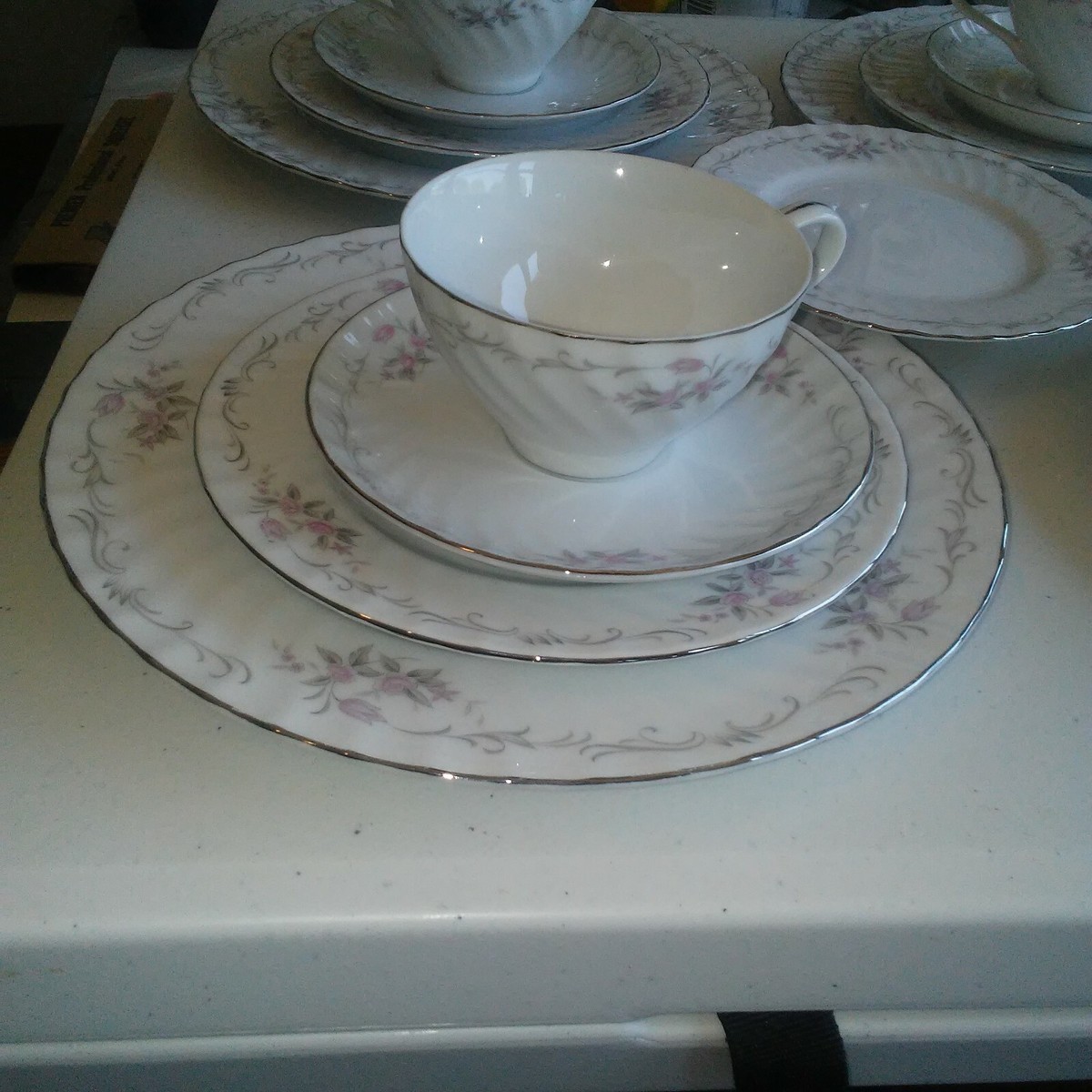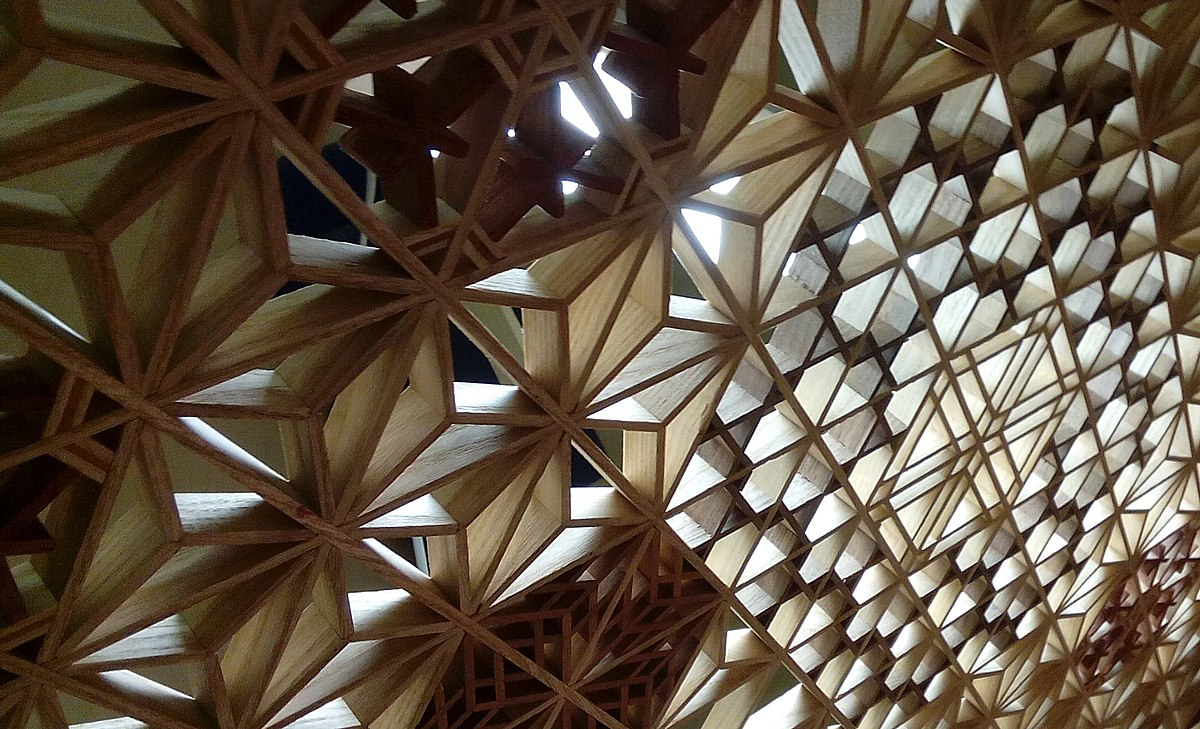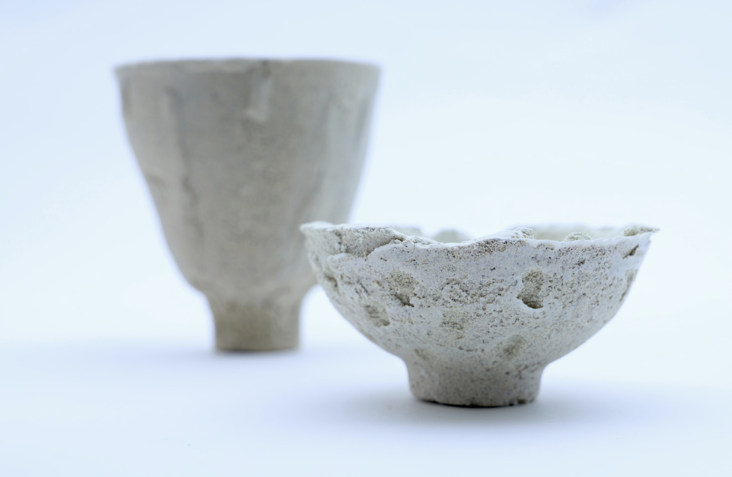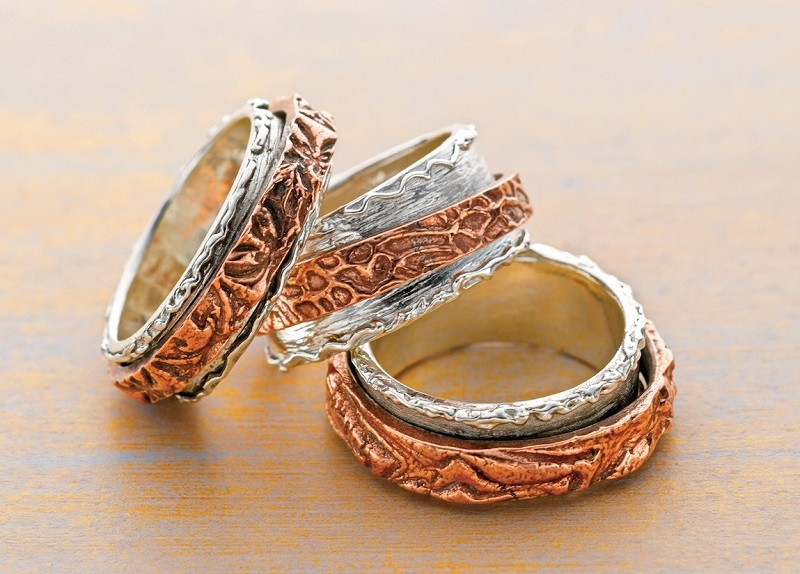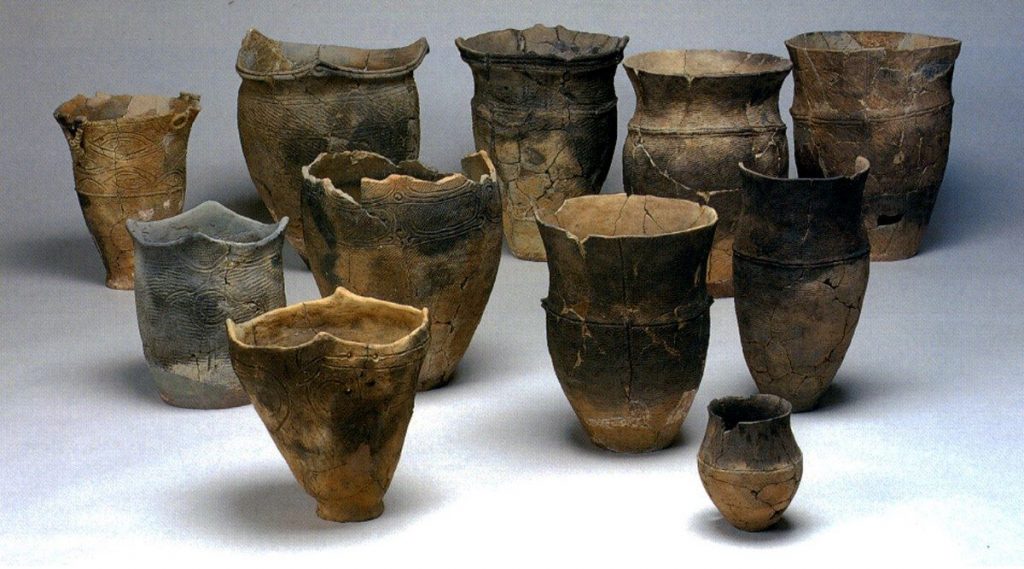Porcelain has long been synonymous with elegance and durability, but few realize just how scientifically sophisticated this material truly is. Originating in ancient China over 1,000 years ago, porcelain is made from a precise mix of kaolin clay, feldspar, and quartz—materials that, when fired at extremely high temperatures (typically above 1,200°C), vitrify into a glass-like structure. This gives porcelain its signature translucency, whiteness, and exceptional strength. Its molecular density also makes it more resistant to moisture and chipping than most other ceramics.
Materials scientists and ceramic engineers often cite porcelain as the ideal ceramic due to its fine particle size and low porosity. In fact, high-end dental prosthetics, laboratory tools, and even advanced electronics use forms of porcelain because of its thermal and chemical stability. In pottery, artisans value it not only for its beauty but for the technical mastery required—porcelain is notoriously difficult to throw on a wheel due to its softness when wet and brittleness when dry.
Whether in functional tableware or sculptural works, porcelain’s enduring appeal lies in its blend of artistic refinement and material science. For potters, working with porcelain is a challenge worth taking: it demands precision, patience, and respect for a tradition that continues to evolve in both form and function.

